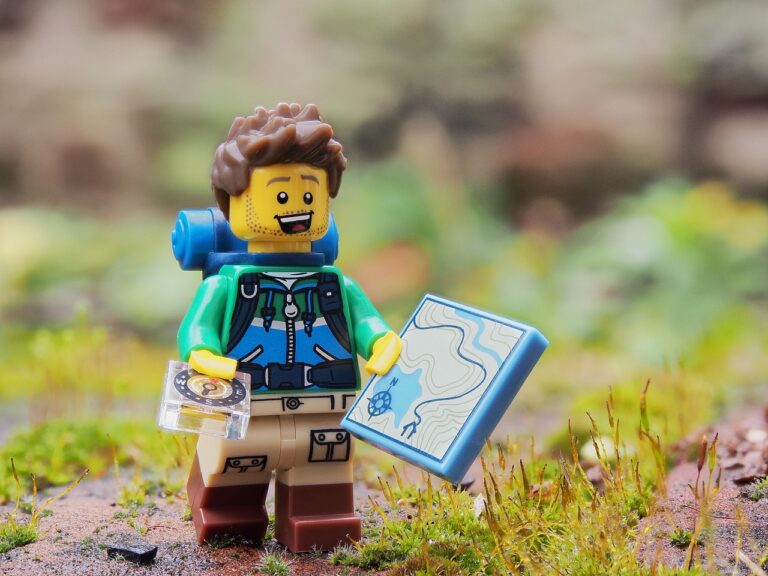Ethical Wildlife Tourism: Interacting Responsibly with Animals in Their Habitats
To ensure the safety and well-being of wildlife, it is crucial that we respect the boundaries set in place by nature. These boundaries exist to protect animals from unnecessary stress and harm caused by human interference. By maintaining a safe distance and observing from a respectful distance, we can minimize our impact on their natural behaviors and habitats.
In encountering wildlife, it is imperative to remember that we are visitors in their home. Disrupting their natural rhythm and routine can have detrimental effects on their health and survival. By admiring wildlife from a distance and avoiding any attempts to interact or get too close, we show our respect for their autonomy and create a harmonious coexistence between humans and wildlife.
Choosing Responsible Tour Operators
When selecting a tour operator for wildlife excursions, it is crucial to prioritize those with a strong commitment to the ethical treatment of animals. Look for operators that adhere to strict guidelines set forth by reputable conservation organizations. Responsible operators will prioritize the well-being of wildlife over profit, ensuring that their activities do not disrupt natural habitats or endanger the animals.
It is also important to consider the size of the tour groups offered by operators. Opting for smaller groups can have a lower impact on the environment and wildlife, allowing for a more intimate and respectful wildlife viewing experience. By choosing operators that prioritize sustainability and responsible practices, you can contribute to the preservation of our planet’s precious ecosystems and wildlife species.
Understanding Animal Behavior in the Wild
Animals in the wild have their own unique behaviors that are crucial to their survival. It is important for tourists to observe these behaviors from a safe distance and avoid any actions that could disturb or disrupt the natural habits of the animals. By understanding the body language, vocalizations, and social interactions of wildlife, visitors can appreciate their beauty and grace without causing them harm.
Additionally, visitors should recognize that wild animals are unpredictable and their behaviors can change in an instant. It is essential to always respect the boundaries set by wildlife and never attempt to touch, feed, or approach them closely. By maintaining a safe distance and allowing animals to go about their daily activities undisturbed, visitors can enjoy a more authentic and sustainable wildlife viewing experience.
– Animals in the wild have unique behaviors crucial to survival
– Observing from safe distance is important for tourists
– Understanding body language, vocalizations, and social interactions is key
– Wild animals are unpredictable and behaviors can change quickly
– Always respect boundaries set by wildlife
– Never attempt to touch, feed, or approach animals closely
– Maintain safe distance for authentic wildlife viewing experience
Why is it important to respect wildlife boundaries?
Respecting wildlife boundaries is important to ensure the safety and well-being of the animals. It also helps to maintain the natural balance of the ecosystem and prevents human interference in their natural habitat.
How can we choose responsible tour operators for wildlife tours?
When choosing a tour operator for wildlife tours, look for companies that prioritize animal welfare, practice sustainable tourism, and follow ethical guidelines. Do your research and ask questions about their policies before booking a tour.
How can understanding animal behavior in the wild benefit us?
Understanding animal behavior in the wild can help us appreciate and respect wildlife more. It can also help us stay safe during encounters with wild animals and contribute to conservation efforts by minimizing our impact on their natural habitats.
What are some common signs of stress or aggression in wild animals?
Common signs of stress or aggression in wild animals include growling, hissing, raised hackles, flattened ears, and aggressive body language. It’s important to recognize these signs and give the animals space to avoid dangerous situations.





